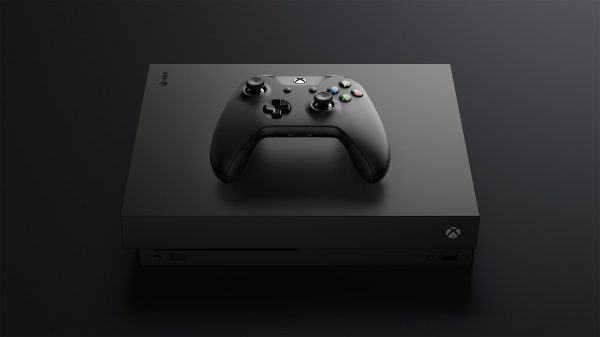
When Sony marketed the original PlayStation, they used a combination of live action skits and CG visuals to make their games look more cinematic and epic than they actually were. People have argued over the merits of doing something like showcasing Final Fantasy VII’s cutscenes and presenting them as the game’s visuals, but the tactic worked. It got people to look at those commercials and say, “Wow, what is that?”
Back then, most casual or otherwise uninterested gamers were awed by graphics. They associated gaming with 8-bit characters and chiptunes. The idea that they could control such a magnificent visual experience was something close to magical.
For years, the popular belief was that graphics helped sell games to a larger audience. Now, it starting to feel like graphics only matter to a hardcore group of gamers if they even matter at all.
Consider the two biggest systems released in 2017; the Xbox One X and the Nintendo Switch. Right from the start, Microsoft told everyone from consumers to journalists that the Xbox One X was a niche system designed for the most hardcore users. Yes, they leaned heavily on the tagline “most powerful gaming console ever,” but they were also quick to explain that the Xbox One X required an ideal set-up. You had to own a 4K television, you preferably have a pretty good audio system, and it would be nice if your internet connection was better than average. Only then will you be able to get the most out of the Xbox One X’s abilities.
It seems that Microsoft knew that the type of visuals the Xbox One X could provide would only truly appeal to gamers who understood the importance of things like frame rate, refresh rate, and resolution. To the casual observer, an Xbox One X running at full capacity doesn’t look that much better than a regular Xbox One operating under similar conditions.
The Switch, however, is a console that offers something as immediately appealing as those old PlayStation commercials. At a time when smartphones have turned millions into casual gamers, the Switch offers true gaming on the go as well as home console flexibility. It’s a device that sacrifices raw technical power for accessibility, versatility, and ingenuity.
We see something similar with the PlayStation VR. Unlike other, more powerful, VR devices, the PSVR is affordable, accessible, and versatile in the sense that it’s easier to operate in a variety of spaces. Again, it shows that many consumers are willing to sacrifice the absolute best visuals in exchange for something acessible, yet exciting.
At a time when the cost of games is skyrocketing due, in part, to the seeming belief that we’re always in the midst of a technological arms race. While that’s true to an extent, it’s also becoming clear that pure graphical power isn’t quite the draw that it used to be. Perhaps, then, those resources would best be spent thinking outside of the box and coming up with ways to use existing technology to offer something new, something exciting, and – most importantly of all – something that actually makes modern consumers say “Wow, what’s that?”











![Wicked: For Good Is Up For Pre-order On Disc & Digital Including Collector’s & SteelBook Editions [Updated] Wicked for Good digital poster](https://hd-report.com/wp-content/uploads/2025/11/wicked-for-good-digital-poster-324x160.webp)

Look at the popularity of games like Minecraft vs most the trite that comes out of EA lately (EA complaining their budgets are hitting 100’s of millions)